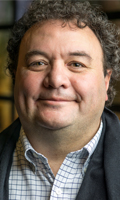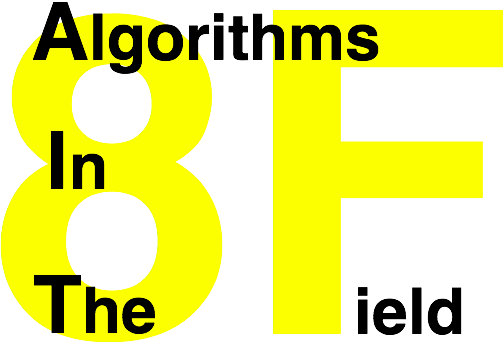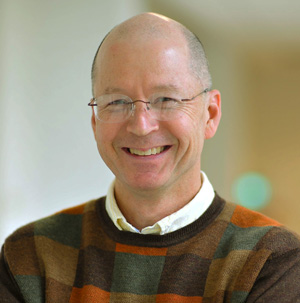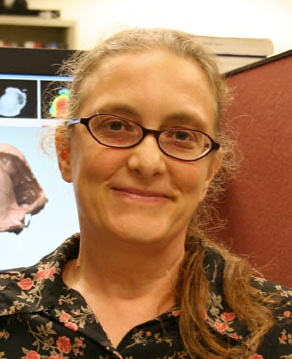 |
Database theory and database practice are typically the domain of computer scientists who adopt what may be termed an algorithmic perspective on their data. This perspective is very different than the more statistical perspective adopted by statisticians, scientific computers, machine learners, and other who work on what may be broadly termed statistical data analysis. In this talk, I will address fundamental aspects of this algorithmic-statistical disconnect, with an eye to bridging the gap between these two very different approaches. A concept that lies at the heart of this disconnect is that of statistical regularization, a notion that has to do with how robust is the output of an algorithm to the noise properties of the input data. Although it is nearly completely absent from computer science, which historically has taken the input data as given and modeled algorithms discretely, regularization in one form or another is central to nearly every application domain that applies algorithms to noisy data. By using several case studies, I will illustrate, both theoretically and empirically, the nonobvious fact that approximate computation, in and of itself, can implicitly lead to statistical regularization. This and other recent work suggests that, by exploiting in a more principled way the statistical properties implicit in worst-case algorithms, one can in many cases satisfy the bicriteria of having algorithms that are scalable to very large-scale databases and that also have good inferential or predictive properties. |

 | Computational Geometry
| Computational Geometry




